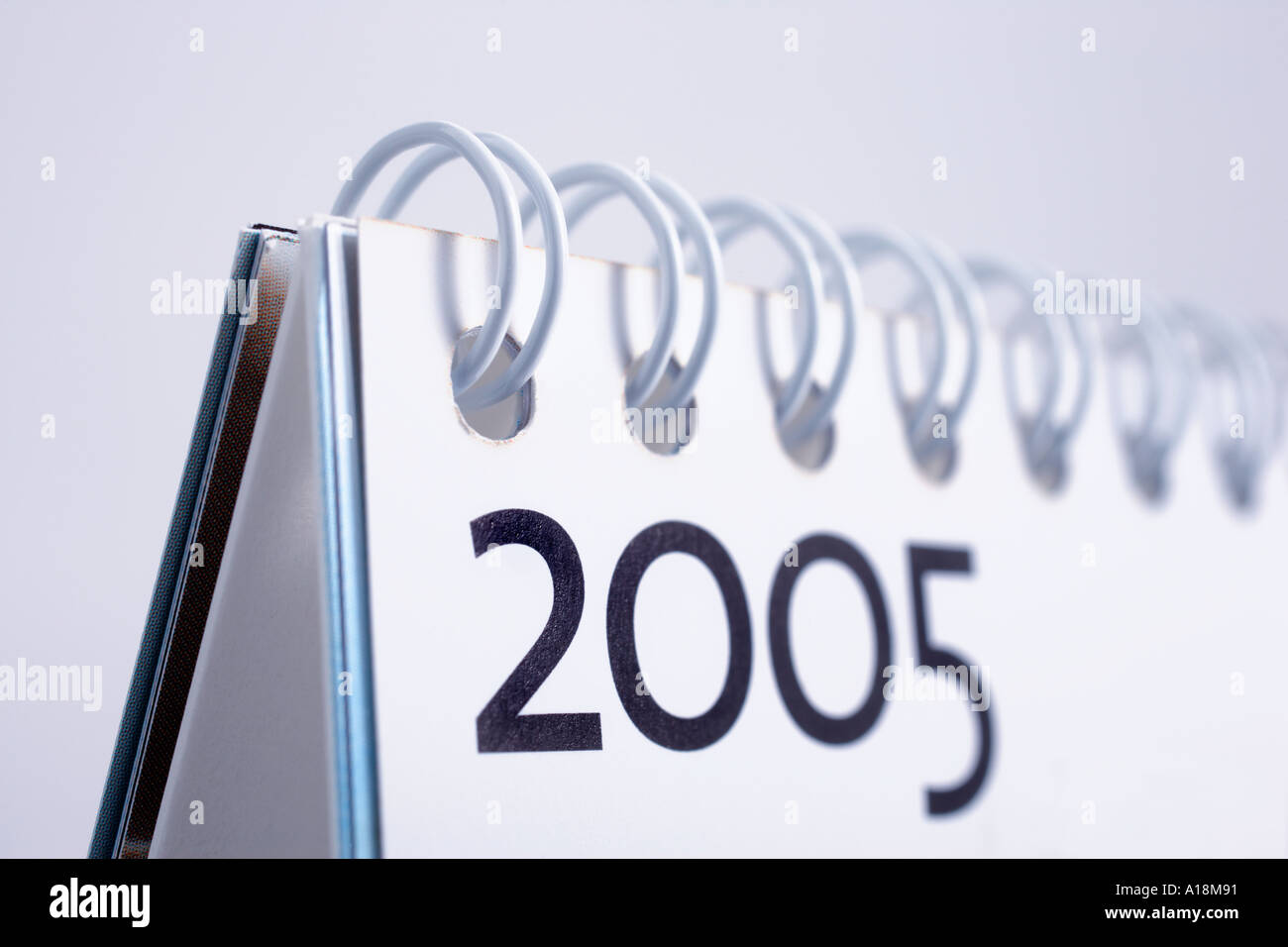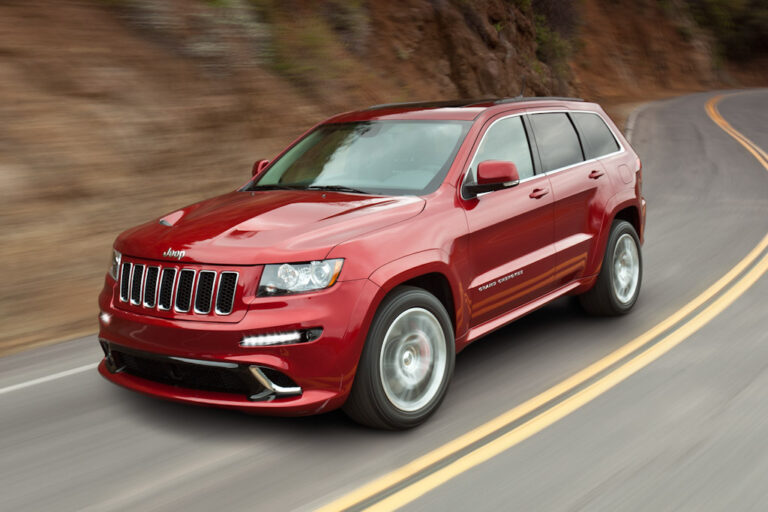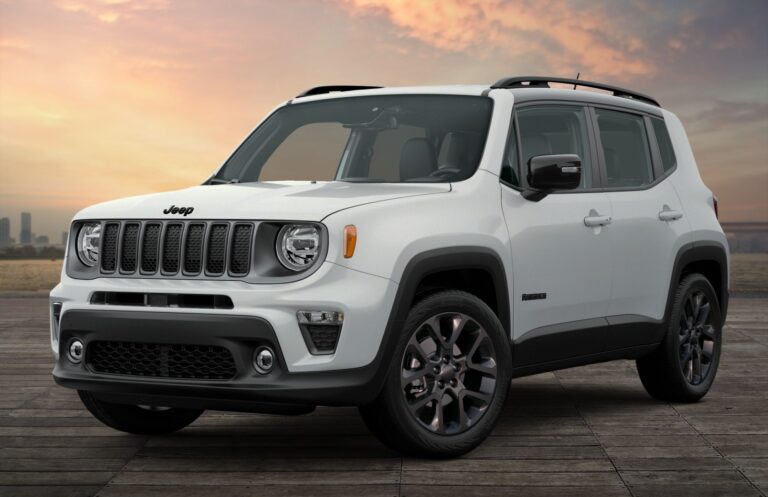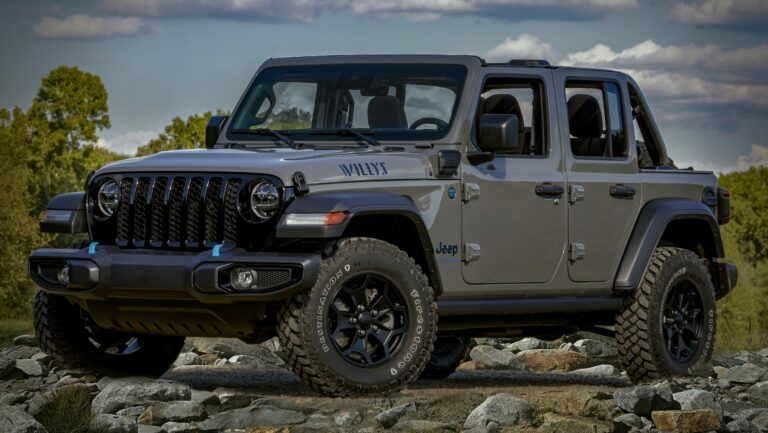2005 Jeep TJ For Sale: Your Definitive Guide to Finding the Last of a Legend
2005 Jeep TJ For Sale: Your Definitive Guide to Finding the Last of a Legend /jeeps.truckstrend.com
The hunt for a 2005 Jeep TJ For Sale is more than just searching for a used car; it’s a quest for a piece of automotive history, a highly capable off-road machine, and a canvas for endless customization. The 2005 model year holds a unique position in the pantheon of Jeep Wranglers: it was one of the final years of the beloved TJ generation, blending the classic, rugged Jeep spirit with modern-for-its-time coil-spring suspension and the legendary 4.0-liter inline-six engine. For many enthusiasts, the TJ represents the sweet spot – a true successor to the CJ, without the added complexity and size of later JK and JL models.
This comprehensive guide will delve into everything you need to know when considering a 2005 Jeep TJ, from its defining features and common pitfalls to pricing, trim levels, and the ultimate ownership experience.
2005 Jeep TJ For Sale: Your Definitive Guide to Finding the Last of a Legend
Why the 2005 Jeep TJ Stands Out
The TJ generation (1997-2006) marked a significant evolution for the Wrangler, moving from the leaf-spring suspension of its YJ predecessor to a more comfortable and capable coil-spring setup. The 2005 model year, in particular, benefits from years of refinement within the TJ lineage.
One of the most compelling reasons to seek out a 2005 TJ is its powertrain. It universally features the robust and famously reliable 4.0-liter PowerTech inline-six engine, known for its torque-rich delivery crucial for off-road prowess. While some earlier TJs offered a less potent 2.5L four-cylinder, the 4.0L was standard or widely available across most 2005 trims. Furthermore, 2005 and 2006 TJs received a new 6-speed manual transmission (NSG370) that offered an extra gear for better highway cruising, alongside the dependable 4-speed automatic (42RLE).
Crucially, 2004 and 2005 saw the introduction of the long-wheelbase Unlimited (LJ) model, a rare and highly sought-after variant that offered 10 inches of extra wheelbase, more cargo room, and an improved ride, all while retaining the TJ’s rugged simplicity. The 2005 model year also falls just before the introduction of the significantly larger and heavier JK Wrangler, making it a prime choice for purists who value the TJ’s compact footprint and direct driving experience.
Key Features and Specifications of the 2005 Jeep TJ
Understanding the core specifications of the 2005 TJ is vital for any prospective buyer.
- Engine: 4.0L PowerTech I6 (190 hp @ 4,600 rpm, 235 lb-ft torque @ 3,200 rpm). Renowned for its low-end torque and durability.
- Transmission:
- 5-speed manual (NV3550, less common for ’05, mostly ’04)
- 6-speed manual (NSG370, common for ’05 and ’06)
- 4-speed automatic (42RLE)

- Transfer Case:
- NV231 Command-Trac (Part-time 4WD, standard on Sport, X, Sahara)
- NV241 Rock-Trac (4:1 low range, standard on Rubicon)

- Axles:
- Front: Dana 30 (most trims), Dana 44 (Rubicon)
- Rear: Dana 35 (most trims), Dana 44 (Rubicon, Unlimited/LJ)
- Suspension: Live axles with coil springs at all four corners, providing excellent articulation and ride comfort compared to earlier Jeeps.
- Wheelbase: 93.4 inches (standard TJ), 103.4 inches (Unlimited/LJ)
- Fuel Economy: Generally poor by modern standards, ranging from 15-18 MPG combined, depending on transmission, gearing, and tire size.
- Seating: Two doors, seating for four.

What to Look For When Buying a 2005 Jeep TJ: Important Considerations
Purchasing a nearly two-decade-old off-road vehicle requires careful inspection. Here’s a checklist of crucial areas to examine:
- Rust, Rust, Rust: This is the TJ’s Achilles’ heel, especially in areas where road salt is used.
- Frame: Inspect the frame thoroughly, particularly near the control arm mounts (front and rear), the skid plate mounting points, and the rear cross member. Look for flaking, bubbling, or perforations. Tap it with a hammer to listen for hollow spots.
- Body: Check the floor pans (under the carpet), rocker panels, front fenders (especially near the battery tray), and tailgate.
- Maintenance History: Ask for detailed service records. A well-maintained TJ is worth a premium. Look for evidence of regular oil changes, fluid flushes (coolant, differential, transmission, transfer case), and timely repairs.
- Modifications: Most TJs have been modified. Assess the quality of these modifications:
- Lift Kits: Are they reputable brands? Was the installation professional? Look for proper geometry correction (control arms, track bars) and signs of wear on suspension components. Poorly installed lifts can lead to handling issues and premature wear.
- Tires: Are they excessively large? This can strain the stock drivetrain components (axles, steering).
- Off-road Use: Look for scratches on the skid plates, rock sliders, differential covers, and frame. While a few battle scars are normal for a Jeep, excessive damage might indicate severe abuse.
- Common Issues Specific to 2005 TJs:
- Oil Pump Drive Assembly (OPDA) Failure: This is critical for 2005-2006 4.0L engines. The original OPDA design can fail, leading to catastrophic engine damage. Ask if it has been replaced with an aftermarket or updated Mopar unit. If not, budget for its immediate replacement.
- Exhaust Manifold Cracks: A common issue, leading to ticking noises, especially when cold. Relatively easy to fix.
- Rear Main Seal Leaks: Also common, often a slow drip. Not usually catastrophic but can be annoying.
- Steering & Suspension Components: Check for play in ball joints, tie rod ends, track bar, and steering box. Worn components lead to loose steering and the dreaded "death wobble."
- HVAC Blend Door: Can break, preventing control over temperature.
- Soft Top/Hard Top Condition: Check for rips, tears, clear window clarity, and proper sealing to prevent leaks.
- Test Drive:
- Listen for engine noises (ticking, knocking).
- Check transmission shifting (smoothness, engagement of all gears).
- Engage 4WD (both 4-High and 4-Low) to ensure it works correctly.
- Test brakes for pulling or pulsing.
- Check for steering wander or excessive play.
- Listen for clunks or groans from the suspension.
Types and Trims of the 2005 Jeep TJ
The 2005 TJ was available in several trim levels, each offering different features and capabilities:
- SE: The entry-level model, often with the 2.4L 4-cylinder engine (though some 4.0L SEs exist). Basic features, aimed at budget-conscious buyers.
- X: A step up from the SE, typically with the 4.0L I6 engine as standard. More comfort features than the SE.
- Sport: A very popular mid-range trim, offering a good balance of features, the 4.0L engine, and options for better axles and gearing.
- Sahara: The "luxury" TJ, featuring body-colored fender flares, unique interior fabrics, and more premium options.
- Rubicon: The ultimate factory off-roader. Equipped with Dana 44 axles front and rear, selectable locking differentials (air-actuated), a 4:1 low-range Rock-Trac transfer case, and larger tires. These command a significant price premium due to their immense capability.
- Unlimited (LJ): A longer-wheelbase version (10 inches longer), offering more cargo space and a smoother ride. All LJs came with the 4.0L engine and a Dana 44 rear axle. A highly desirable and rarer variant, especially the Unlimited Rubicon (often called "LJ Rubicon").
Pricing and Valuation for a 2005 Jeep TJ For Sale
The price of a 2005 Jeep TJ can vary wildly based on condition, mileage, trim level, modifications, and geographical location. Well-maintained Rubicons and Unlimited (LJ) models will always command a significant premium.
Factors Influencing Price:
- Condition: Rust-free examples in excellent mechanical and cosmetic condition are rare and expensive.
- Mileage: Lower mileage generally means higher prices, but maintenance history is more crucial than odometer reading.
- Trim Level: Rubicons and LJs are the most valuable.
- Modifications: Quality, well-installed aftermarket parts (e.g., proper lift kits, aftermarket bumpers, winch) can add value, but poorly done mods can detract.
- Location: Jeeps tend to be more expensive in areas with high demand or where rust is less of an issue.
Estimated Price Table (for reference only, actual prices vary):
| Trim Level | Condition: Fair (Needs work, high mileage) | Condition: Good (Well-maintained, average mileage) | Condition: Excellent (Rust-free, low mileage, pristine) |
|---|---|---|---|
| SE | $4,000 – $6,000 | $6,500 – $8,500 | $9,000 – $12,000 |
| X / Sport | $5,000 – $8,000 | $8,500 – $11,500 | $12,000 – $16,000 |
| Sahara | $6,000 – $9,000 | $9,500 – $12,500 | $13,000 – $17,000 |
| Rubicon | $9,000 – $13,000 | $14,000 – $19,000 | $20,000 – $28,000+ |
| Unlimited (LJ) | $10,000 – $15,000 | $16,000 – $22,000 | $23,000 – $30,000+ |
Note: Prices are highly subjective and can be influenced by specific features, rare options, and market demand. Always check local listings and consider a pre-purchase inspection.
Practical Advice and Actionable Insights
- Get a Pre-Purchase Inspection (PPI): This is non-negotiable. Have a trusted mechanic, ideally one familiar with Jeeps, inspect the vehicle thoroughly before buying. They can spot hidden issues like rust, worn components, or bad modifications that you might miss.
- Don’t Rush: The perfect TJ won’t appear overnight. Be patient, view multiple vehicles, and compare them.
- Budget for Repairs: Even a well-maintained 2005 TJ will eventually need parts and service. Factor this into your overall budget.
- Understand Your Needs: Are you looking for a daily driver, a weekend trail rig, or a dedicated off-road project? Your intended use will influence which trim and condition you should prioritize.
- Join the Community: Jeep forums (e.g., JeepForum.com, WranglerForum.com) and local Jeep clubs are invaluable resources for advice, troubleshooting, and finding parts.
The Ownership Experience
Owning a 2005 Jeep TJ is an experience unlike any other.
Pros:
- Unmatched Off-Road Capability: Especially the Rubicon and LJ, they can tackle serious trails straight from the factory.
- Strong Aftermarket Support: Millions of parts and accessories are available for customization.
- Simple Mechanics: Easier to work on than modern, highly electronic vehicles.
- Timeless Design: The classic Jeep look that never goes out of style.
- Sense of Community: Jeep owners are a passionate and welcoming group.
- Fun Factor: Top-down, doors-off driving is an exhilarating experience.
Cons:
- Fuel Economy: Not its strong suit.
- Ride Quality: While better than CJs/YJs, it’s still a body-on-frame, solid-axle vehicle; don’t expect a luxury car ride.
- Wind Noise/Security: Soft tops are noisy and less secure.
- Maintenance: It’s an older vehicle; expect to replace wear-and-tear items.
- Rust: As mentioned, a constant battle in some climates.
Conclusion
The 2005 Jeep TJ For Sale remains one of the most desirable used SUVs on the market for good reason. It offers an unparalleled blend of classic Jeep ruggedness, modern (for its time) comfort, and legendary off-road capability. Whether you’re a seasoned off-roader or a newcomer looking for a fun and iconic vehicle, a well-chosen 2005 TJ can provide years of adventure and satisfaction. By understanding what to look for, budgeting wisely, and performing thorough inspections, you can successfully acquire the last true evolution of the classic Wrangler and join a passionate community dedicated to these iconic machines.
Frequently Asked Questions (FAQ)
Q1: Is the 2005 Jeep TJ a good year to buy?
A1: Generally, yes. It’s one of the last TJ years, benefiting from refinements. However, it’s crucial to be aware of the specific OPDA (Oil Pump Drive Assembly) issue for 2005-2006 4.0L engines and ensure it has been addressed.
Q2: What is the main difference between a TJ and an LJ?
A2: The LJ (Unlimited) is a longer wheelbase version of the TJ, introduced in 2004. It has 10 extra inches in the wheelbase, providing more cargo space and a slightly smoother ride. All LJs came with the 4.0L engine and a Dana 44 rear axle. LJs are rarer and typically command higher prices.
Q3: What are the most common rust spots on a TJ?
A3: The frame is the primary concern, especially near the control arm mounts and skid plate attachments. Other common spots include floor pans, rocker panels, and the area around the battery tray on the front fender.
Q4: How reliable is the 4.0L engine in the 2005 TJ?
A4: The 4.0L inline-six is legendary for its reliability and durability, often reaching 200,000-300,000 miles or more with proper maintenance. The main caveat for 2005-2006 models is the potential for OPDA failure, which must be addressed.
Q5: How much should I expect to pay for a 2005 Jeep TJ?
A5: Prices vary significantly based on condition, mileage, and trim level. Expect to pay anywhere from $4,000 for a project SE to $28,000+ for a pristine, low-mileage Rubicon or Unlimited. Refer to the pricing table in the article for estimated ranges.
Q6: Are parts readily available for the 2005 TJ?
A6: Absolutely. The aftermarket support for the TJ generation is immense, with a vast array of OEM and aftermarket parts readily available online and through specialized retailers. This makes ownership and customization relatively easy.




